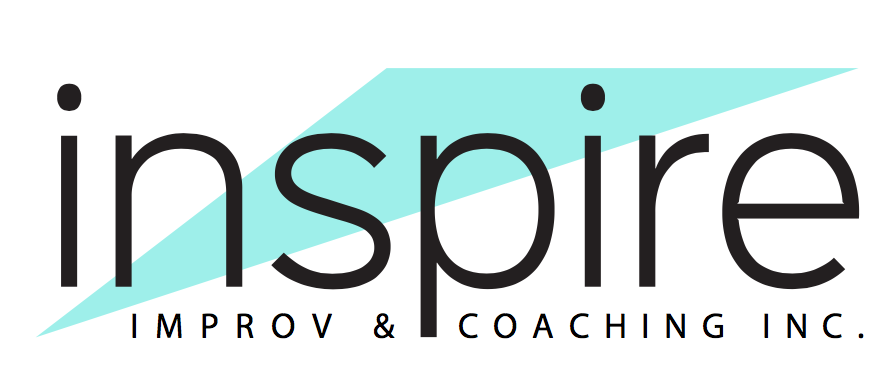How to Have More Collaborative Conversations in a Virtual World
The other day I was running errands with my spirited, strong-willed, and sensitive six-year-old. It was one of those “is it time for bed yet?” days. We still had some time on our hands before dinner and it was a nice day, so I pulled into the parking lot of one of his favorite playgrounds. I thought it was a fantastic idea…he did not. He began insisting that we go home “immediately.” Having fought this type of battle before, only to have him later tell me that the activity I dragged him to ended up being the best part of the day, I put on my battle gear.
Five minutes of persuading and pleading passed, and we were still nowhere near getting out of the car. In improv, we call this “steamrolling.” It refers to those moments when we believe that our idea is the only and/or best idea and, instead of listening to those around us, we try with all our might, to push our own idea forward.
Realizing what I was doing, I finally stopped and listened to what he had been trying to express to me. There were too many people there. He only liked going when there were only a couple of kids.
I was so hung up on my idea and what I wanted our afternoon to be, that I almost missed an opportunity to learn something really important about my kiddo, who he is, and how he “works” best.
With the absence of interacting with people in-person, we may be less apt to take a beat and listen to what our teammates may be trying to tell us. We have our own agenda and we need to push it through. There is no moment before/after the meeting, no exchanges in the hallway to realize that maybe there is something else that needs to be expressed.
This means we must intentionally create those moments where we can allow space for what needs to be expressed, an invisible need a brilliant insight or a great idea.
How might we do this?
Get comfortable with silence. Not everyone processes out loud, some need a moment to collect their thoughts and the space to express them. This takes practice, especially for those of us whose default mode is to fill space. I promise, the silence will feel much longer to you than it does to those you are leading. If you go too far, just say your video froze! Just kidding, of course always lead with honesty.
Give teammates the option of sharing ideas in a chat box, especially if there are several people in attendance.
Take the time to ask the obvious, but seldom addressed questions in order to get more insight from your team, “Does anyone else have something to add?”, “Are we missing something here?”, “What do you need to make this happen?”
Get curious. Avoid steamrolling by giving ideas a chance to breathe. Listen to and try building on ideas before completely dismissing them. If it seems way out there, challenge the “no, but” reaction and instead ask, “How might we…?”
I enjoy facilitating Virtual Improv for Remote Team Building workshops because participants learn how to communicate in a way that naturally allows ideas to be shared and built upon, rather than being steamrolled over.
Participants learn to actively listen, and default to “yes, and” vs “no, but.”
If a Virtual Improv for Remote Team Building Workshop is something you’d like to explore, click here to connect with me directly.
In the meantime, I’ll be making my life easier and my kid’s life more enjoyable by visiting the playground on off-peak hours!
Here’s to listening and building!
